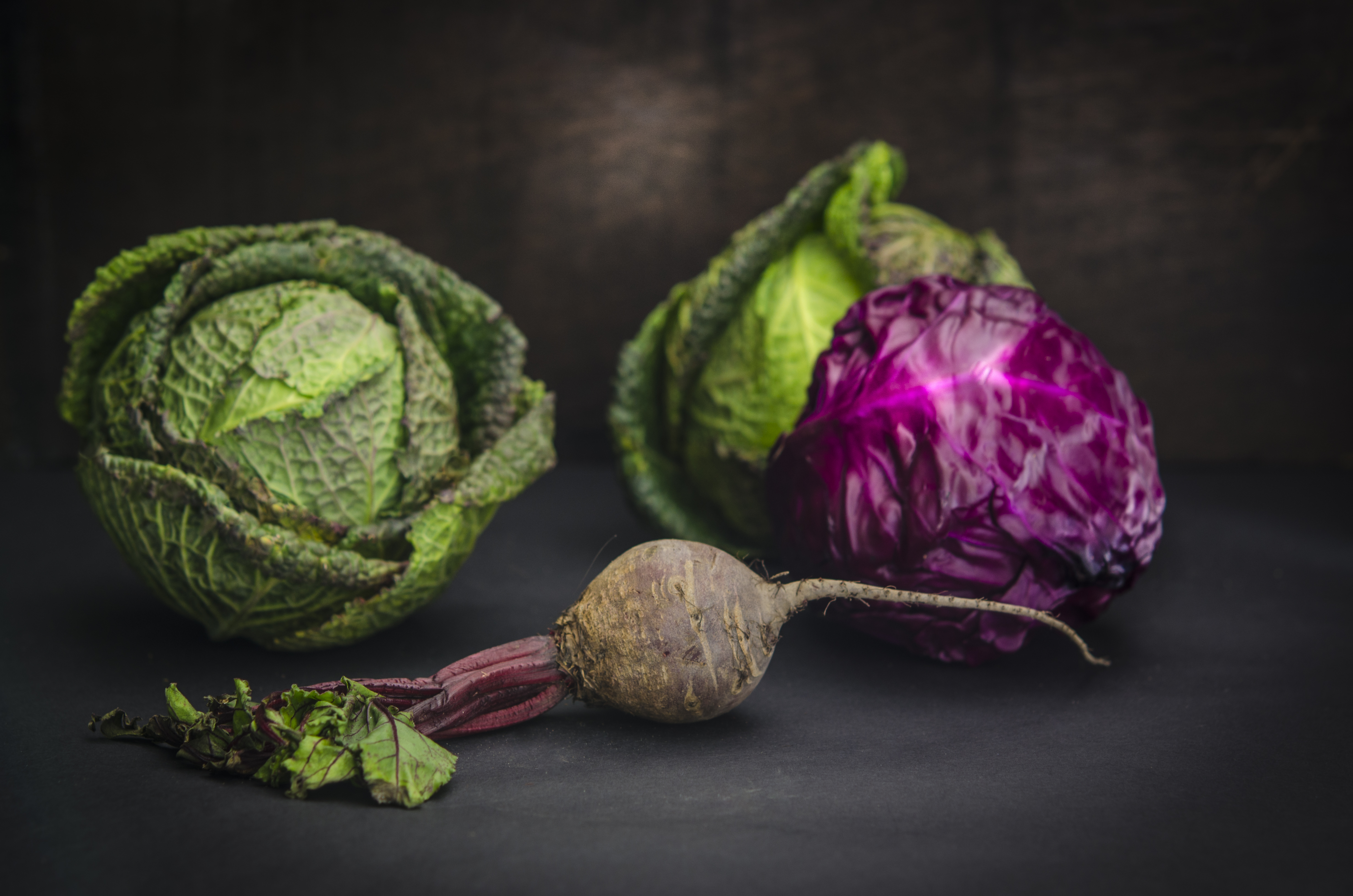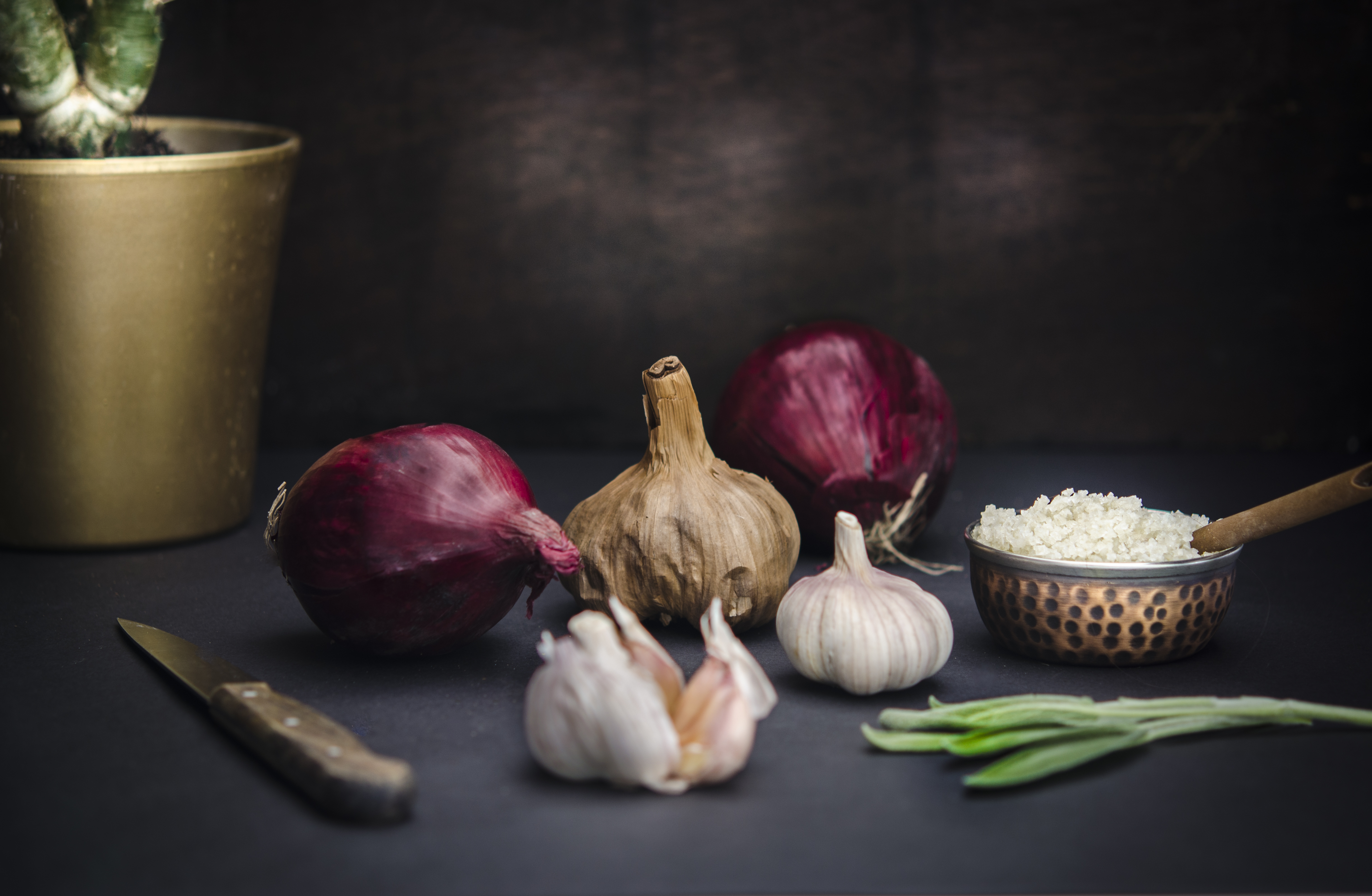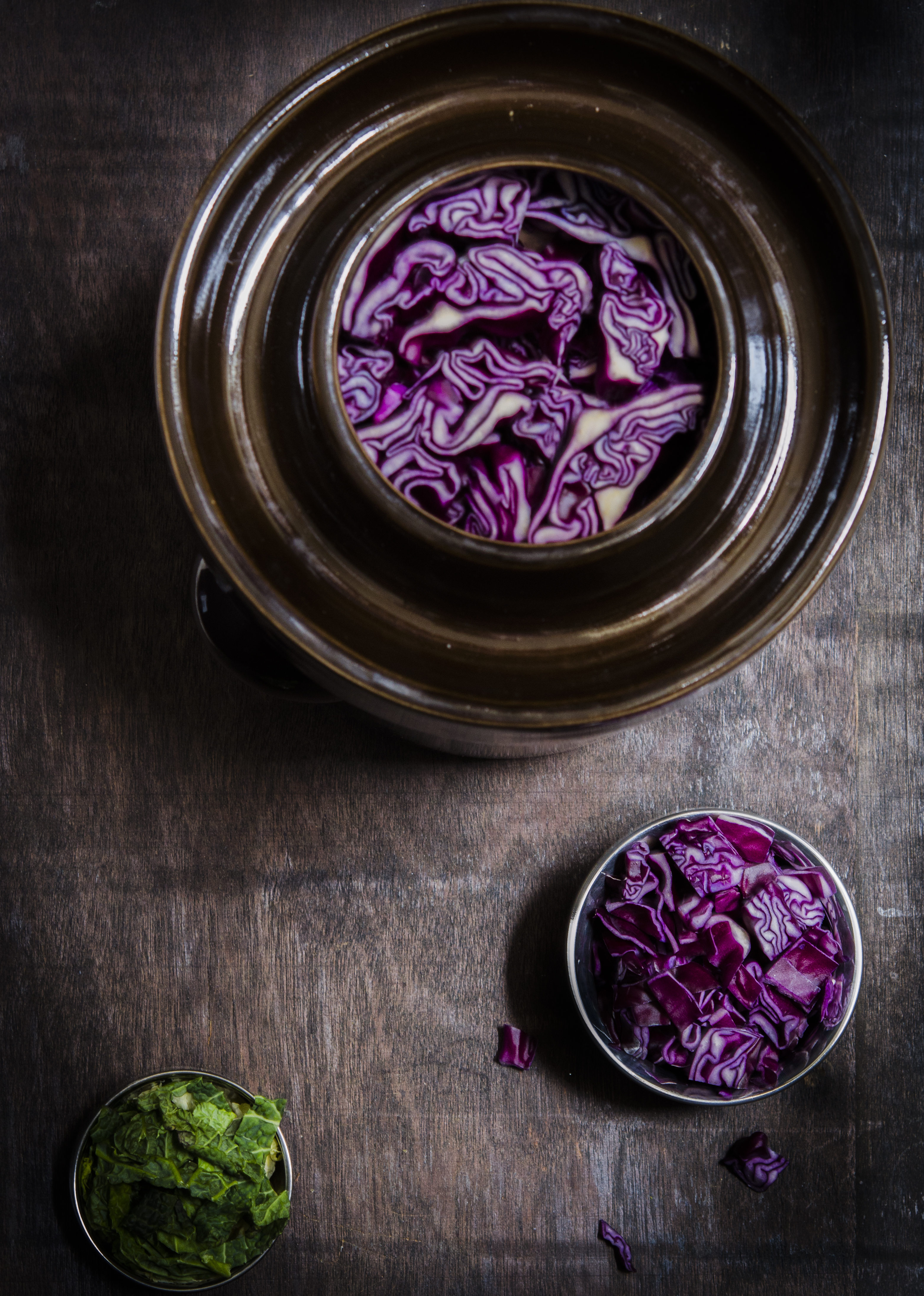Bulletproof Immunity Through Culture
Whether we’re aware of it or not, the transformative process of fermentation plays a hugely important role in our lives and culture. Turning the cacao fruit into chocolate and coffee berries into coffee beans, some of our most beloved & cherished foods are a result of the simple yet curious process known as fermentation.
We can thank fermentation for a surprising number of everyday items: fermented tomatoes become ketchup, cabbage becomes kraut and soybeans become miso & tempeh. Nearly every culture includes some form of fermented drink too–transforming grapes into wine, barley seeds into beer or rice into sake.
As author Michael Pollen says in his wonderful book Cooked: ‘If there is a culture that does not practise some form of fermentation of food & drink, anthropologists are yet to discover it.’ Yet the transformative magic of fermentation has always remained somewhat of a mystery…

Cultured Cultures:
Archaeological finds indicate that humans have been fermenting plant foods since the hunter-gatherer stages of our evolution. The very first ferments took place in pits dug into the earth: lined with leaves and filled with the food to be transformed–meat, vegetables, grains or tubers. The lactofermentation that took place was enough to preserve the food for many months or even years.
During more civilised times some of the greatest minds in history spoke of the importance of various ferments and herbs with an almost spiritual devotion. Infamous leaders such as Genghis Khan kept their troops healthy on a diet of fermented foods, and during the scurvy epidemic British explorer James Cook sailed thousands of miles across uncharted seas for three years without losing a single man. His secret – the sliced fermented cabbage that actually multiplies its own nutritional quality: the ‘new’ superfood known as sauerkraut.
Looking east the consumption of fermented milk in the form of kefir, lassi and yogurt has long been a cornerstone of the Indian diet (check out our recent post on making delicious & nutritious yoghurt at home!).
And though each culture has a different relationship with their ferments, all of them use this art form to nourish and protect themselves.
But how does fermentation actually work?
Feeding the Immune System:

Imagine a space ship travelling through space surrounded by a force field protecting it from alien creatures and foreign materials. Our immune system works in the same way, forming a defensive layer constantly interacting with and protecting us from the millions of different external organisms we encounter every day.
Our major force field happens to be an acid-loving milk bacteria called lactobacillus acidophilus–a probiotic we may be familiar with if we’ve ever been exposed to antibiotics. This bacteria–along with others–actually coats our entire body. From the moment we pass through the passage of the womb we are coated in this bacteria and are immediately fed more in our mother’s milk.
Lactobacillus is an aggressive strain that dominates both the inside and outside of our bodies–protecting us by destroying any harmful bacteria attempting to penetrate through our skin or gut. It’s important to understand that lactobacillus is our primary defence mechanism; once an invader or pathogen gets past this protective first layer, only then do the white blood cells–our secondary defence mechanism–kick in.
White blood cells are often misunderstood as our first line of defence, but in all honesty, they are not that smart and their ability to discern is pretty feeble. Very often they don’t recognise invaders and end up attacking our own cells, which is known as autoimmunity. Other times, living in a constant environment of air conditioning and artificial heating they get lazy and become inactive–known as immunodeficiency.
Fortunately, nature has provided for us here too, by means of innate providers of wisdom that contain nutrients to support our defensive cells: foods such as the medicinal mushroom chaga and the succulent plant aloe vera have special sugars known as polysaccharides that can help provide information to these defensive cells. Their adaptogenic properties help balance the immune system response.
So how can we strengthen and support our protective lactobacillus force field? Externally we can coat our bodies in oils that provide an acidic environment for the lactobacillus to thrive, whilst internally we can feed it fermented and life-loving (pro and pre biotic) foods.
Probiotics and Prebiotics
It may be helpful to imagine probiotics as the seed of good bacteria, and prebiotics as the compost that helps this good bacteria flourish. Prebiotics are a type of non-digestible compound that are not affected by gastric acids or digestive enzymes. They are the energy source that maintains the ratio of ‘good bacteria’ such as lactobacillus and bifido bacteria.
Most of us have become aware of the benefits of probiotics for gut health and many people are turning to probiotic supplements in an attempt to achieve these ends. However for overall wellbeing we need a mixture of pre and probiotics, and most often lacto-fermented foods perform these tasks better than shop-bought supplements. They can be made at home from fresh and local produce, are inexpensive, and add a considerable amount of quality nutrition in the form of highly absorbable pre-digested, living food.
Fermented Vegetables With Soil-Based Organisms:
Synbiotics like cultured vegetables are used to fortify the immune system, assist in digestion (their acidity helps lower the pH of the stomach, increasing the effectiveness of our hydrochloric acid), and to maintain healthy levels of the probiotic organisms that colonise our digestive lumen.
As we found out from the curious case of James Cook and his sailors, lacto-fermentation actually increases the amount of nutrition present in the vegetable alone through:
- Converting sugars into protein-rich bacterial bodies, B vitamins, and omega 3 fatty acids.
- Increasing the bioavailability of the existing nutrition: breaking down cell walls by predigesting the vegetable cellulose and removing anti-nutrients.
- Preserving the vegetable’s inherent nutrition, rather than needing to freeze, can, or dry.
Fermented foods like sauerkraut (as well as kimchee and others) keep our food stable in lactic acid–one of the dominant preservation techniques used by our ancestors before sugar and preservatives became the norm.
The key is to introduce diverse microflora by eating cultured foods as this will ensure a wider variety of beneficial bacteria and multiply the effect of the probiotic far more than a supplement could ever achieve.
And so the protocol is simple: to live fearlessly in an environment where we are constantly being exposed to one plague after another, the answer lies in the ancient art of constantly refining & fortifying our immune system. Fermented foods are an easy, affordable and effective way to do this. Check out our recipe for fermented veggies below & try for yourself!

Biohackers Recipe For Fermented Vegetables:
Since approximately 80% of the immune system is found in the gut, maintaining optimal gut health is essential in supporting other bodily functions. Fermenting veggies is one of the easiest & most affordable ways to improve gut health.
Whilst fermentation methods of the past were wild and natural, allowing nature to take its course by allowing existing soil based organism on the vegetable to culture–current biohacking trends use a starter culture to speed up the fermentation process and perhaps, more importantly, determine a hardy strain of bacteria that we actually want to cultivate.

The Method:
- Choose a combination of cabbage and other vegetables. Biohack by adding prebiotics such as garlic, dandelion greens and asparagus. Other prebiotics include raw onions, chicory root and raw bananas.
- Shred the vegetables to a consistency you like.
- Using a traditional crock pot or a sterilised mason’s jar, slowly start packing in the vegetables.
- Add in 1 tablespoon sea salt per kilo of vegetables and pound hard until the juices are released. Another method is to add celery juice – celery naturally contains sodium which helps the process.
- Add in a serving of Turmeric+ Probiotic Elixir: a broad-spectrum probiotic and next generation supplement comprised 6 strains and 6 billion CFUs per serve.
- Fill the container with the brine until the vegetables are covered and anaerobic fermentation can take place.
- Add the crockpot stones or a few cabbage leaves to eliminate any trapped air.
- Seal the crockpot and add water around the lid. Store at room temperature for a few weeks.
- The result is a delicious sour medley of vegetables rich in live bacteria. Store in the fridge to slow down the fermentation and enjoy as a meal accompaniment.

Credit:
This article was written by Safiya Juma, Renu Wasal & Amit Joshi from OfSource. Check out OfSource’s Instagram and Facebook for more awesome content!










